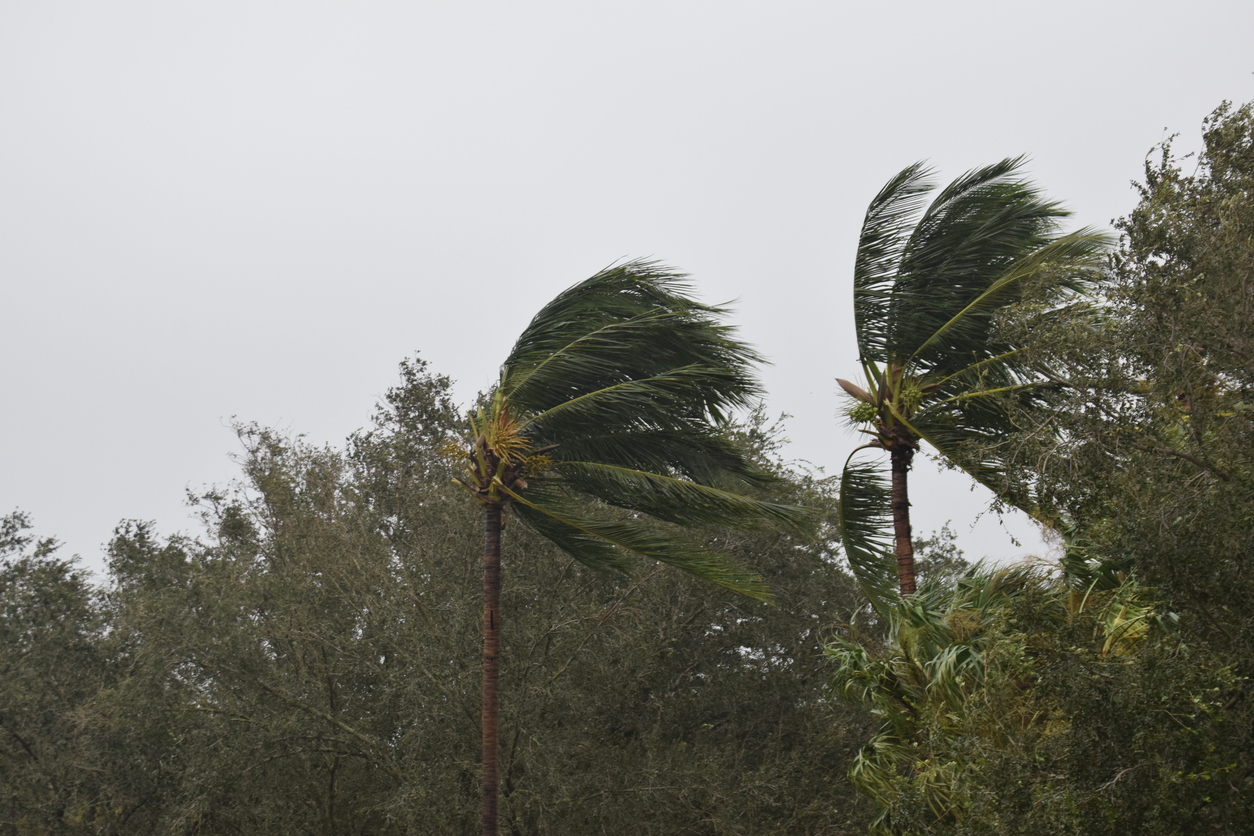The property reinsurance insurance market experienced significant rate increases quarter after quarter last year. Reinsurance rates for risks in disaster-prone areas increased by 100% and even higher for those with catastrophe losses. In addition, retention levels and named windstorm deductibles rose. Reinsurers adjusted coverage terms and conditions, shifted from all-risk coverage to named perils and scaled back capacity.
These rate, coverage, and capacity adjustments resulted from multiple billion-dollar natural catastrophe losses in 2021 and 2022. According to Swiss Re, global economic losses from natural disasters cost $275 billion in 2022. Insured losses covered 45% of the damage, around $125 billion, the fourth-highest total for a single year. Hurricane Ian in the United States was the costliest event in 2022, resulting in insured losses estimated at $50 billion-$65 billion.
2024 January and April Renewals
Reinsurance operation results in 2024 have improved due to consistent changes made over the last couple of years, with higher rates, higher attachment points, stricter terms, and diminished capacity. A quieter hurricane season and a higher return on investments in 2023 also contributed to better reinsurance results. The outcome of these changes was apparent during the 2024 January and April renewals, with more capacity available and a deceleration of rate increases.
Reinsurers are now prioritizing growth to take on more catastrophe risk, helping to keep pricing pressures down and encouraging broader coverage terms while remaining steadfast on retention levels. Overall, at April 1 renewals, property and specialty buyers with access to expanded capacity were able to place firm orders and clear programs at better terms, as well as secure support in crucial non-catastrophe regions, according to Gallagher Re.
The View Ahead
It’s important to note that the property insurance market is cyclical and can shift again if significant losses occur from natural disasters this year. AccuWeather and Colorado State University (CSU) researchers predict an overactive hurricane season for 2024. CSU is forecasting 23 named storms, 11 hurricanes, and five major hurricanes, which is well above the seasonal average. The forecasted activity is attributed to two major factors: record high sea surface temperatures and an anticipated La Niña. Sea surface temperatures in the eastern and central Atlantic Ocean are currently near record highs, and this trend is projected to continue throughout the hurricane season. The ultra-warm ocean water stores the energy that sustains tropical systems, creating an ideal setting for their formation and intensification. Additionally, La Niña is known for having weaker upper-level winds than El Niño, providing more favorable storm development conditions.
Also contributing to a potential shift in the current state of the market are the continued severe convective storms (SCS) that batter areas across the United States. According to CoreLogic, the 2024 SCS weather season in the United States is already breaking records for hail, with a recent event outstripping even those from the costly year of 2023. In 2023, severe convective storms caused $64 billion in insured losses, according to Swiss Re.
About Seneca Insurance Companies
Seneca Insurance Companies are known for having a broad appetite for writing property risks. We offer admitted and non-admitted ISO-based policies, with catastrophe perils based on location and risk characteristics.

